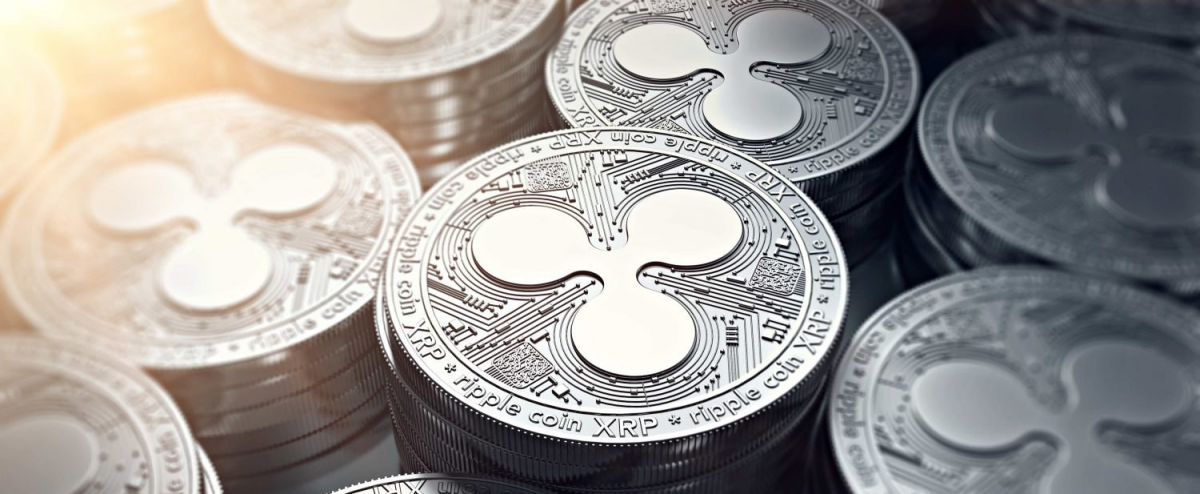Ethereum and Bitcoin are the two most prominent names in the cryptocurrency space. Ethereum was launched in 2015 with the primary objective of expanding on the capabilities of Bitcoin. The feature of smart contracts makes ethereum unique from its counterparts in the cryptocurrency and blockchain segment. Smart contracts allow for self-execution of contracts, thanks to the embedded code on the blockchain. This feature is preferred by players in fintech and other industries that are looking to increase their efficiency with the help of blockchain technology.
Ethereum Contribution to Crypto Industry
The most notable contribution of ethereum in the crypto space manifests in the form of smart contracts and a decentralized application (dApps) platform. With the help of smart contracts, several functions can be executed automatically – employee contracts can be generated, legal gambling facility can be maintained, and coupon bonds can be acted upon. Even more important is the dApp platform that can be utilized by developers and companies to build new applications to accomplish different objectives in different business segments. Ether is the native coin to ethereum blockchain and in other words, it is an internal cryptocurrency that powers the settlement of the smart contracts. Like other cryptocurrencies, ether can be mined and in terms of market capitalization, it is the second-largest digital coin lagging only behind Bitcoin in valuation. Ether is traded on all well-known cryptocurrency exchanges and has a decent reputation in the market.
Decentralized Autonomous Organizations (DAO)
As mentioned above, the distinctive competence of ethereum is its dApp platform that can be utilized by organizations to conceive an altogether new level of the governance structure – without any centralized control. These organizations are referred to as decentralized autonomous organizations (DAO). These companies are open and transparent and run according to the protocol recorded on the blockchain. There are doubts regarding the legal status of these organizations. Still, then the importance and significance of DAO are increasingly becoming apparent in the backdrop of the unethical and opaque practices used in the business world today.
Ethereum Vs. Bitcoin
The most significant difference between Bitcoin and ethereum is the fact that the former is only a cryptocurrency. At the same time, the latter is a blockchain platform that is used by organizations to execute smart contracts and build decentralized applications. The scope of ethereum is wider owing to a constellation of services provided by the platform, which clearly provides it an advantage over Bitcoin. You can execute smart contracts with the help of ethereum and also built decentralized applications specific to your business requirements.
This flexibility is not available in the case of Bitcoin, but the advantage of being highly liquid makes Bitcoin most desirable in the world of digital coins. Bitcoin is also the largest cryptocurrency by market capitalization, which adds to its heft and dominance. However, when it comes to blockchain technology, the open ledger used by the ethereum is much better than that of Bitcoin. The transaction fee charged by Ethereum is more affordable, and the ability to offer faster processing puts ethereum ahead of the Bitcoin on the convenience chart.
Conclusion
There is no direct comparison between Bitcoin and ethereum. Both come with their own set of advantages and have also got their own share of issues. Still, if one has to compare both these blockchain-based technologies on the aspects of comfort, convenience, and versatility, then ethereum has got an advantage over Bitcoin. Ethereum platform offers a wide range of capabilities that are currently unmatched by any other player in the cryptocurrency space. Yes, Bitcoin is larger in terms of valuation and more liquid, but ethereum offers modern blockchain technology and its Smart Contracts feature has really proved to be a game-changer.


